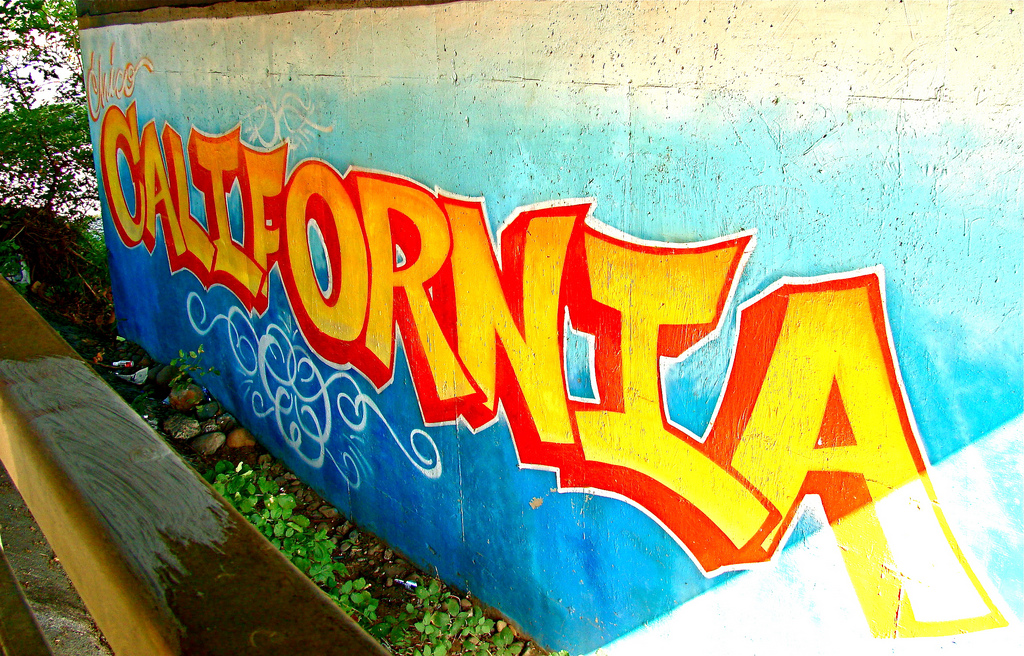Originally published in Teachers & Writers Magazine (Vol. 32, No. 5, 2001).
The beginning of the 20th century witnessed what Mary Ann Caws has called “The Manifesto Moment” —a ten-year period of “glorious madness” in which nearly every -ism that we identify with Modernism proclaimed its existence. These manifestos were written predominantly by young writers and artists; one might even say that the manifesto is a youth genre, inspired not merely by the characteristic idealism of youth, but also by its infamous angst and anger.
One hundred years later, in the age of Columbine and in a time of heightened student violence, the manifesto may offer young writers, if not all writers, a proactive strategy for expressing their diverse frustrations and angers. The manifesto, as Columbia professor Steven Marcus has written, is a kind of “action writing,” and, as Caws herself reminds us, “the manifesto is a freeing device: for the self, and the oversocialized self.”—The Editors
Teaching the Manifesto
Originally a manifesto was a piece of evidence in a court of law, put on show to catch the eye. The manifesto was from the beginning, and has remained, a deliberate manipulation of the public view. Setting out the terms of the faith toward which the listening public is to be swayed, it is a document of an ideology, crafted to convince and convert or—occasionally—to show off and amuse.
The whole idea of a manifesto is to proclaim something or other in which you believe strongly, or to spoof that idea. It can be on behalf of a movement, real or imagined, in which you participate (or which you lead) or which you make up as a humorous idea.
In the case of a real manifesto, like The Communist Manifesto (1848), it is the ideological content that is made clear. In the case of an aesthetic manifesto, it is the point of view that you want to make obvious, even if you are spoofing it. In “Dada Excites Everything“, the Romanian poet Tristan Tzara, otherwise known as Papa-Dada, is at once mocking the egotism of movement-leaders and being the movement-creator and the leader of Dada. In “Aphorisms on Futurism“, the American poet Mina Loy uses the aphorism to create a manifesto in every moment. The aphorism is a superbly modern genre in its brevity. It can stand alone or exist as part of a series, in which each item relates to the whole—at once a fragment and a statement complete in itself. Loy’s aphorisms are of the latter variety.
Elements of the Manifesto
MADNESS: At its most endearing, a manifesto has a madness about it. It is peculiar and angry, quirky, or downright crazed.
OPPOSITION: The manifesto is always opposed to something—generally posing some “we,” explicit or implicit, against some other “they.” The manifesto can be set up like a battlefield. It can start out as a credo, but then it wants to make a persuasive move from the “I believe” of the speaker toward the “you” of the listener or reader, who should be sufficiently convinced to join in.
VOLUME: The manifesto is by nature a loud genre, unlike the essay. What I would call the “high manifesto,” on the model of “high Modernism” is often noisy in its appearance, like a typographical alarm or an implicit rebel yell. It calls for capital letters, loves bigness, demands attention. Rem Koohaas’ “Bigness: Or the Problem of Large” begins, “Beyond a certain scale, architecture acquires the properties of Bigness. The best reason to broach Bigness is the one given by climbers of Mount Everest: ‘because it is there.’ Bigness is ultimate architecture.”
EXCESS: The manifesto makes an art of excess. This is how it differs from the standard and sometimes self-congratulatory ars poetica, rational and measured. The manifesto is an act of démesure, going past what is thought of as proper, sane, and literary. Its outreach demands an extravagant self-assurance.
STYLE: The manifesto has to draw the audience into the belief of the speaker, by hook or by crook. The present tense suits the manifesto, as does the rapid enumeration of elements in a list or bullet form. The Symbolist painter Odilon Redon begins his “Suggestive Arts” (1909) with a question: “What was it that at the beginning made my work difficult?” Similarly, Paul Klee writes in “On Modern Art” (1924): “May I use a simile, the simile of a tree?” Since we are invited to answer, we feel included. The manifesto is generally, by mode and form, an exhortation to a whole way of thinking and being rather than a simple command or definition. At its height, it is a poem in heightened prose.
Mary Ann Caws is the editor of Manifesto: A Century of Isms (University of Nebraska Press, 2001). Caws is Distinguished Professor of English, French, and Comparative Literature at the Graduate School of CUNY. This article is adapted from her introduction to Manifesto.



